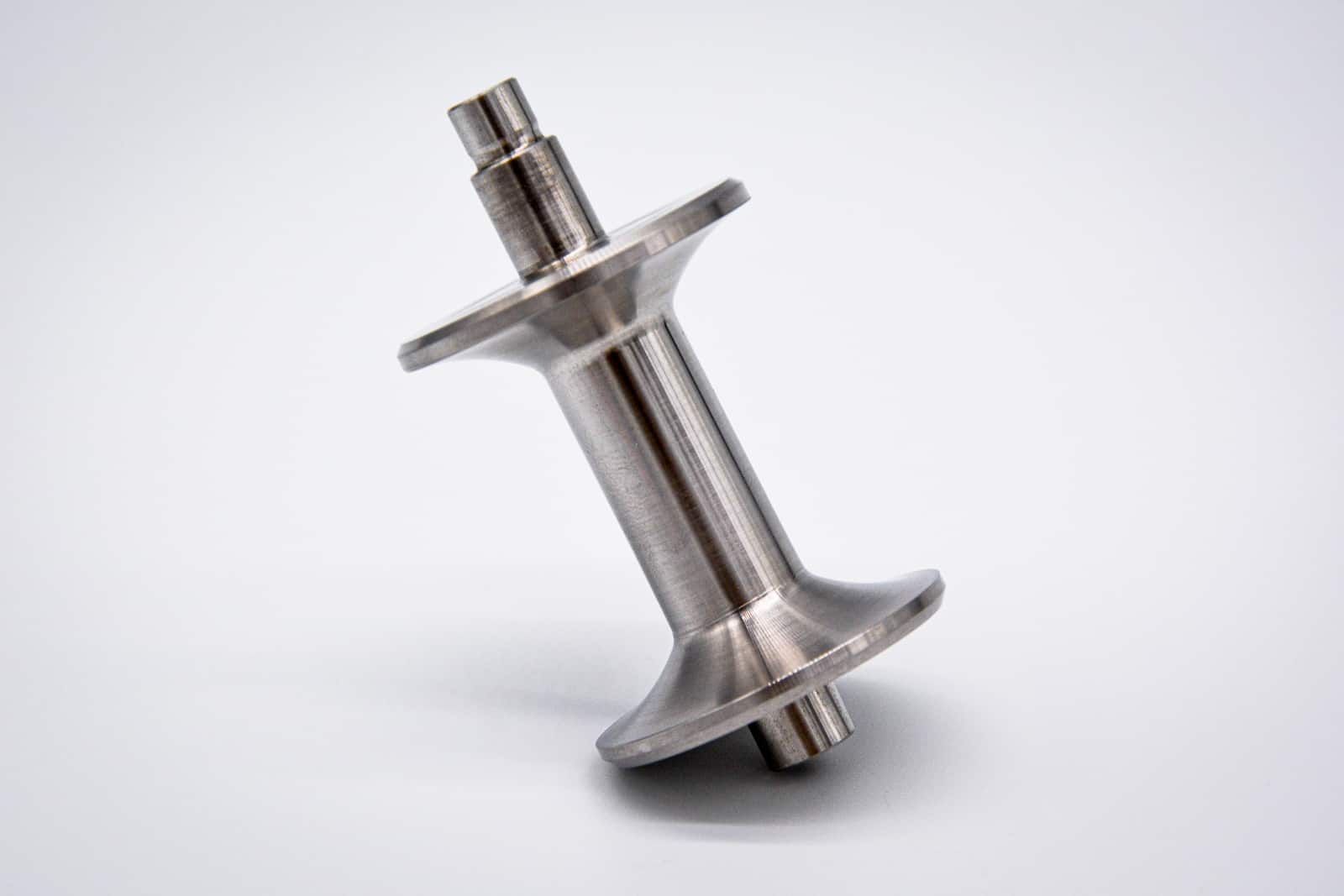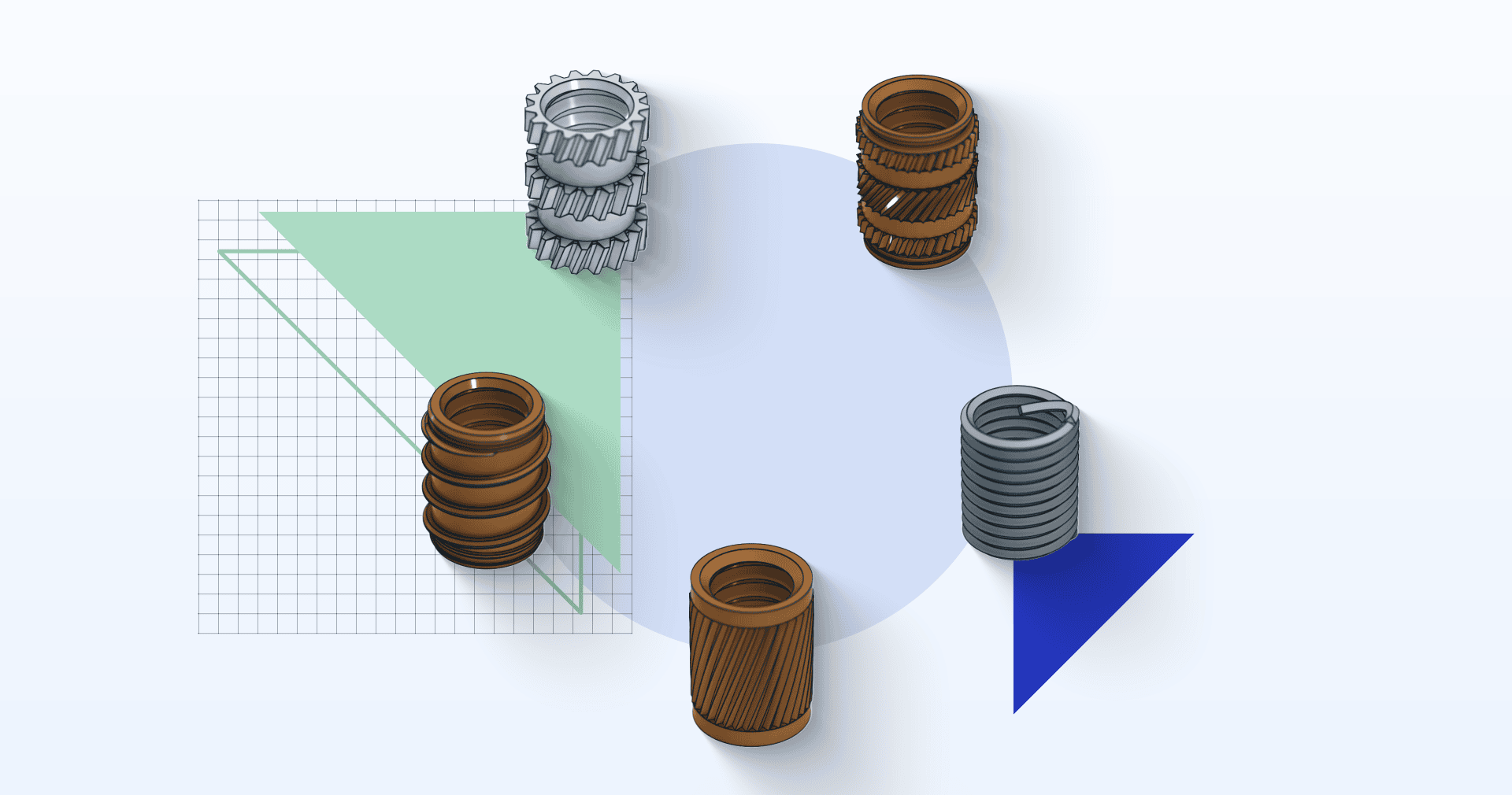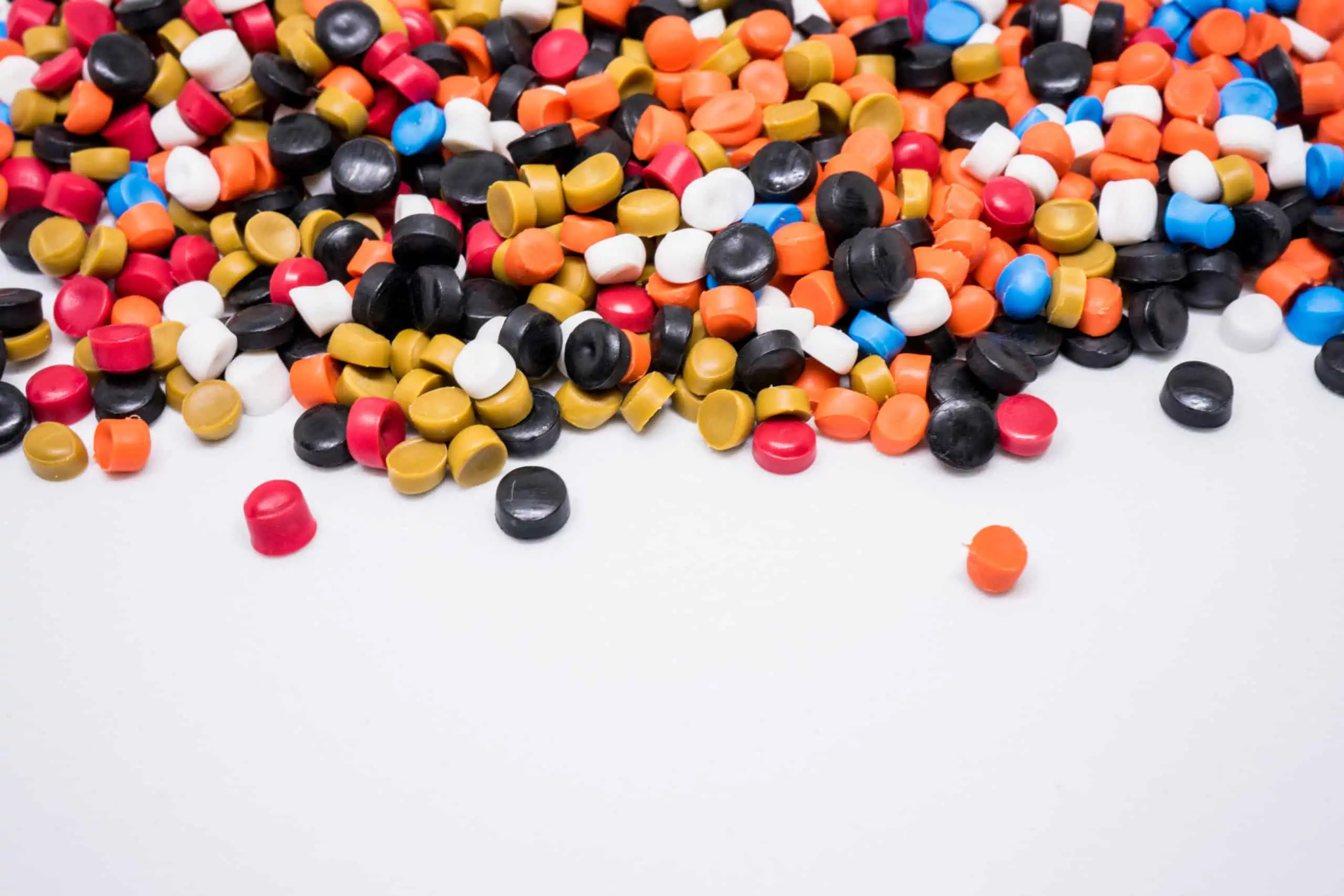Differences between Prototype Molding and Mass Molding
Plastic injection molding is divided into two categories: the number of parts to be produced, to be used in prototyping, and the production of final serial parts. However, both categories used the same methods for manufacturing. They achieve cost efficiency, functionality and mechanical resistance depending on the wanted part. The only difference remains to be the mold itself.
Prototype Molding’s manufacturing process involves injecting molten thermoplastic into the CNC machined mold and then cooling it. The point that makes the procedure “fast” is utilizing aluminum material instead of traditional steel. This material also ensures cost-efficiency in parts that come out of the mold and are still suitable for end-use. All kinds of plastic engineering materials can be used; that is why even if the mold is produced from a single material in this manufacturing procedure, there is a wide choice of materials for the parts to be produced. The basic objective of prototype molding is fastening the manufacturing process and lowering the mass manufacturing cost.
Prototype Molding in a Nutshell
- It offers a wide range of materials
- It is suitable for mass manufacturing in small and medium volumes
- First injected parts can be delivered within 2-4 weeks
- Production is made at a lower cost in comparison to the standard injection mold
- Allows design validation before going into mass production
When to Use Prototype Molding?
- While completing design and material tests and evaluating the costs
- When it’s required to test the functionality of the parts going into mass production
- When it is necessary to increase R&D productivity and accelerate product launch
- It can be preferred when there are production demands of 10,000 units
Mass Production Mold refers to molds produced from steel material when large quantities of parts are needed, which allows them to have a longer life than prototype molds. The objective of this production method is to produce molds with durable materials to decrease the cost per piece for high quantities.
Molds produced for mass production allow the manufacturing of more complex parts and are manufactured using robust and high-quality steel. Since the mold must last for a long time, the filing rate is higher. That is why mold production costs are higher than the prototype molding manufacturing. However, the price per piece is lower for higher quantities. The manufacturing process of molds is longer than prototype molding.
Series Molding in a Nutshell
- It is used in the mass production of end-use parts.
- It is suitable for large-scale manufacturing batches up to thousands and millions of parts.
- First injected parts can be delivered in 6-8 weeks.
- It has higher production costs than the prototype mold
- It allows for producing more complex products.
When to Use Mass Manufacturing Molding?
- When the design and configuration are complete, and the aim is to have mass manufacturing at the most affordable cost per piece.
- When the consistency of parts to be produced in high volumes is essential.
- When there are production demands of 10,000 units.
- It can be preferred when it is necessary to produce quality control documents and mold quality reports.
Xometry Injection Molding Services
Whether you are in the prototyping phase to validate your designs in your projects, or you are going to mass production after completing the design and tests, the online manufacturing supply service will provide many conveniences, significantly speeding the process.
The empty capacity of our most qualified production partner in our wide manufacturing network is matched with our customers’ orders who receive injection molding service from Xometry Turkey. As Xometry, we handle the entire production, quality control and delivery process and automatically inform you in every new case.
 Europe
Europe  Türkiye
Türkiye  United Kingdom
United Kingdom  Global
Global 

 Login with my Xometry account
Login with my Xometry account  0
0









Comment(0)